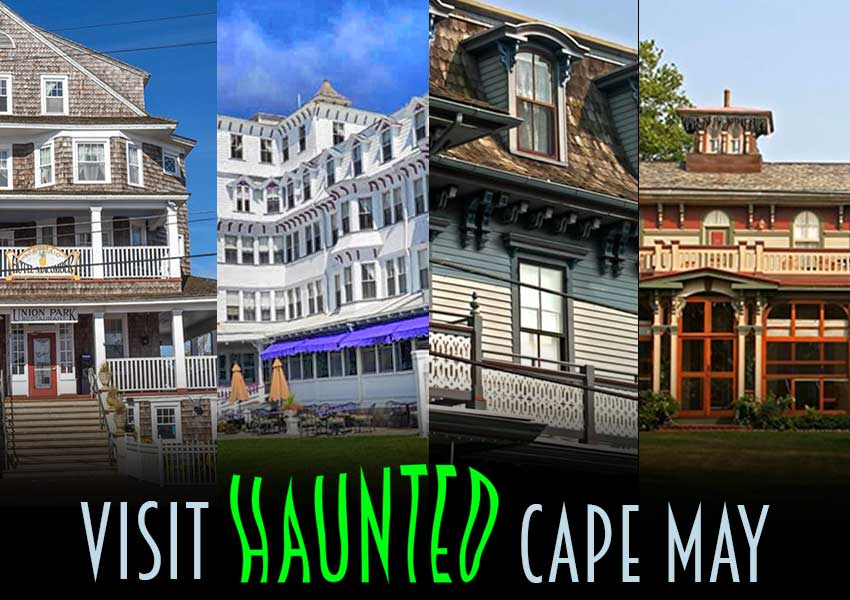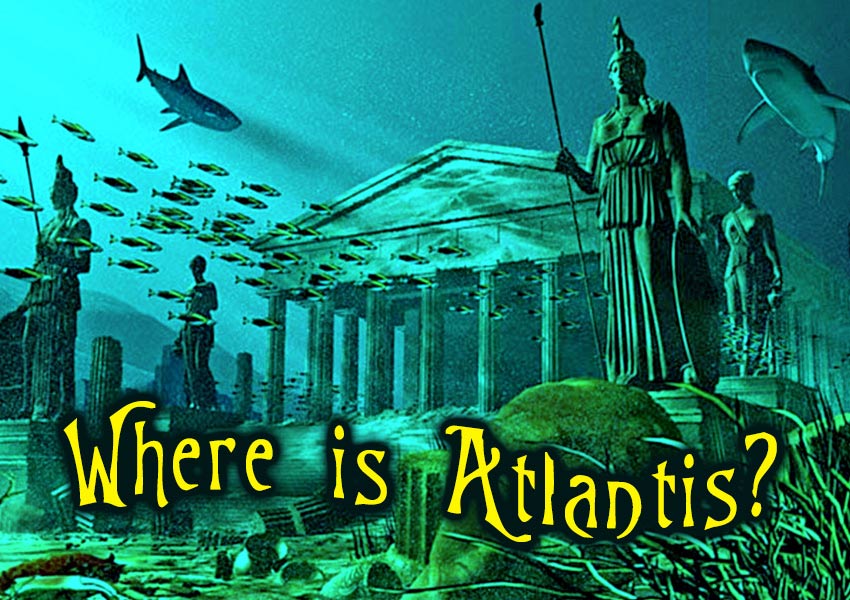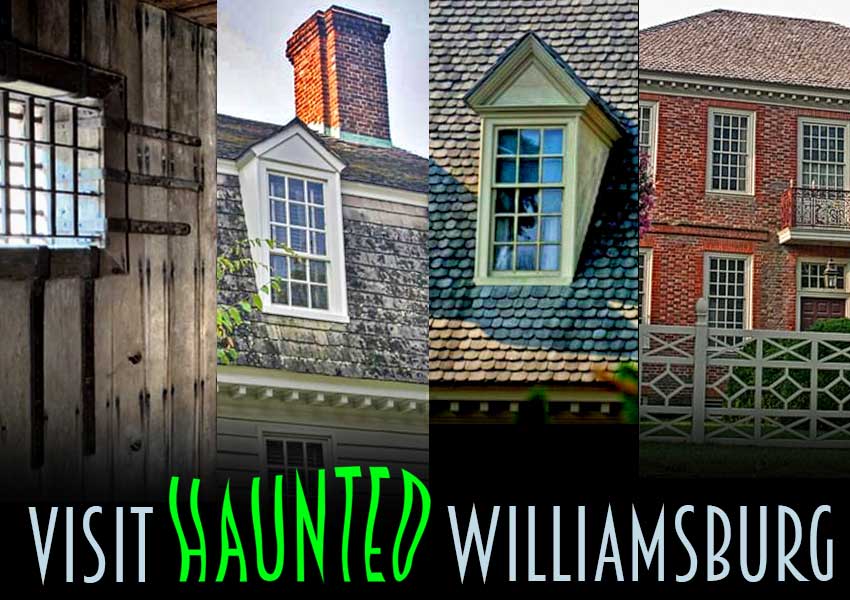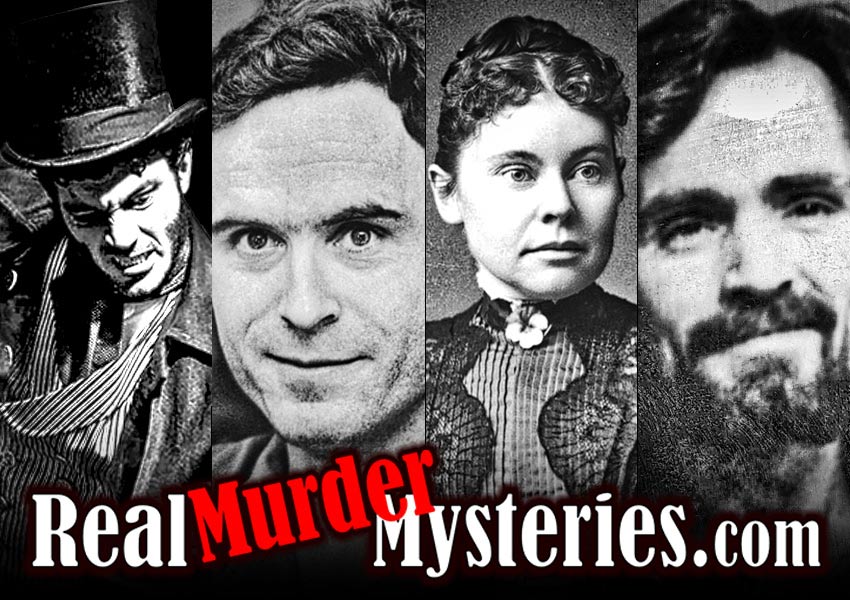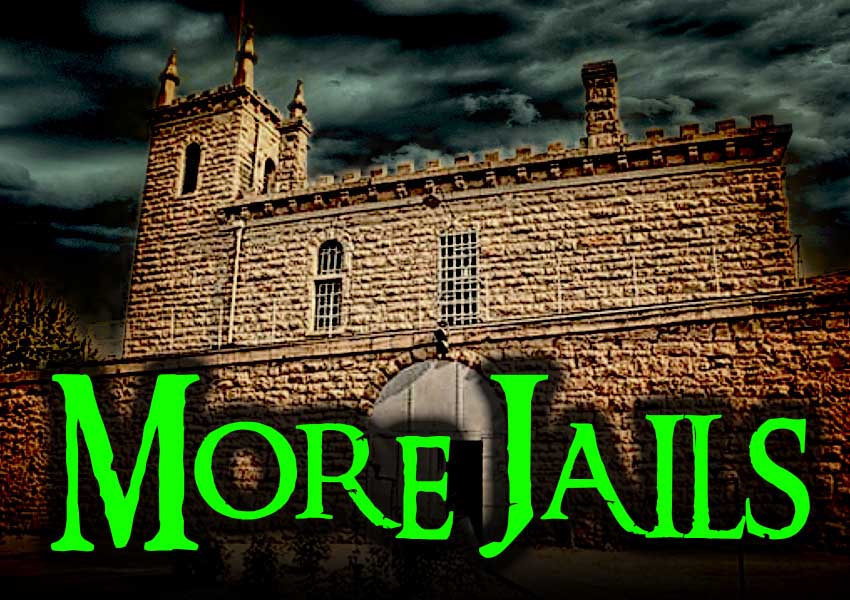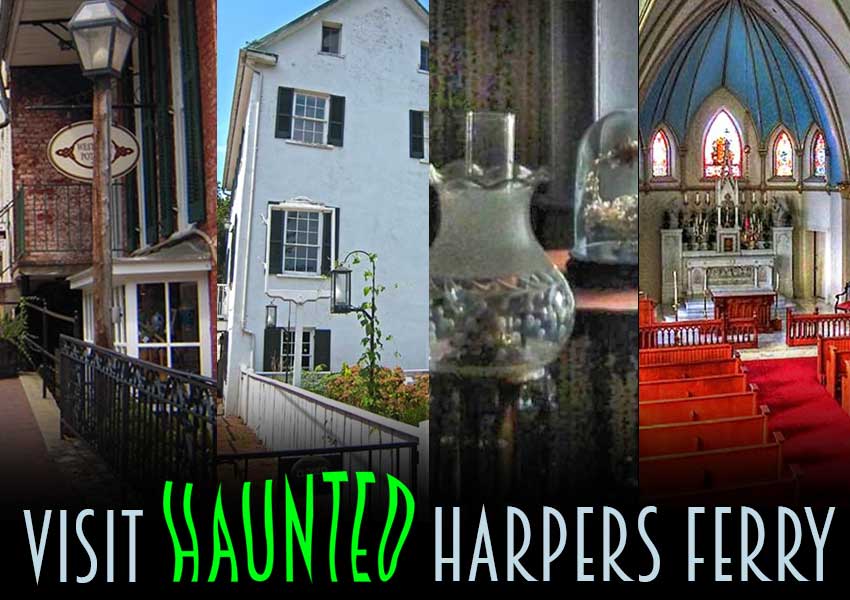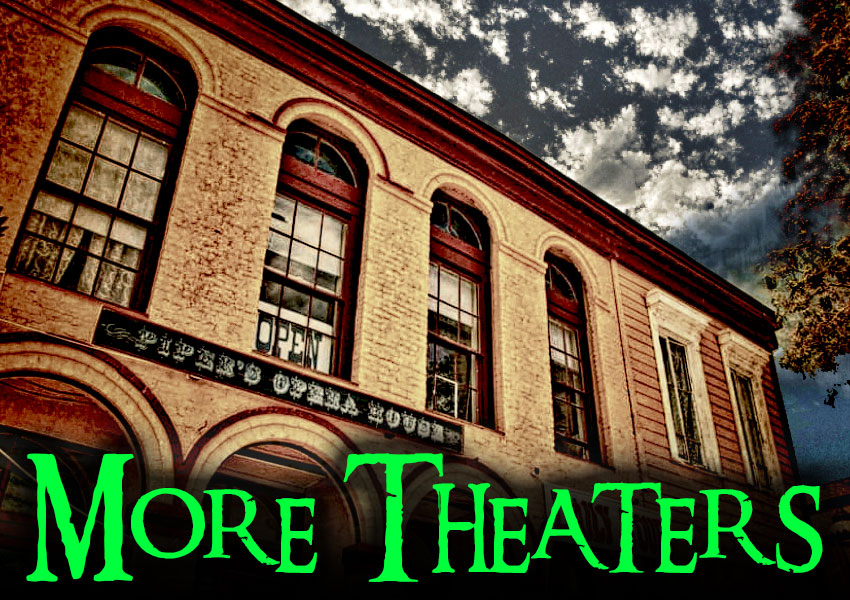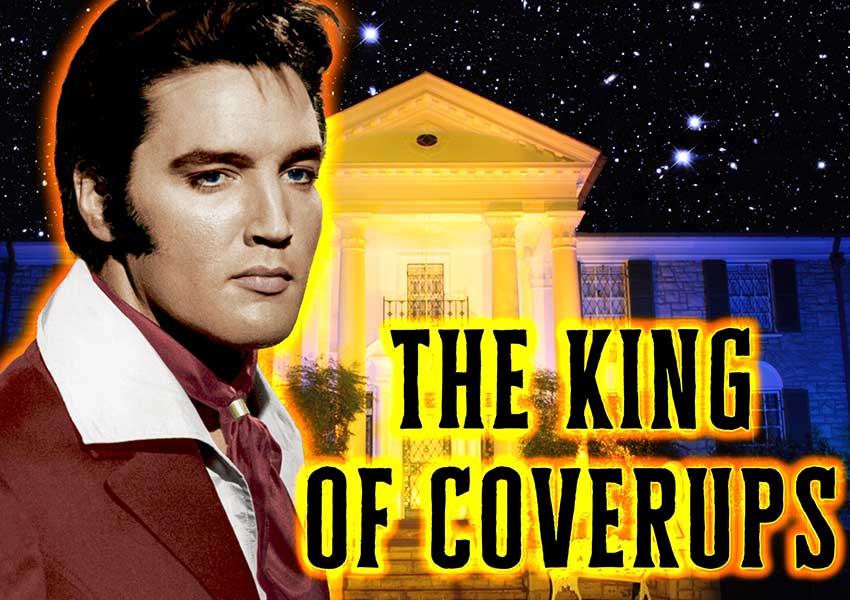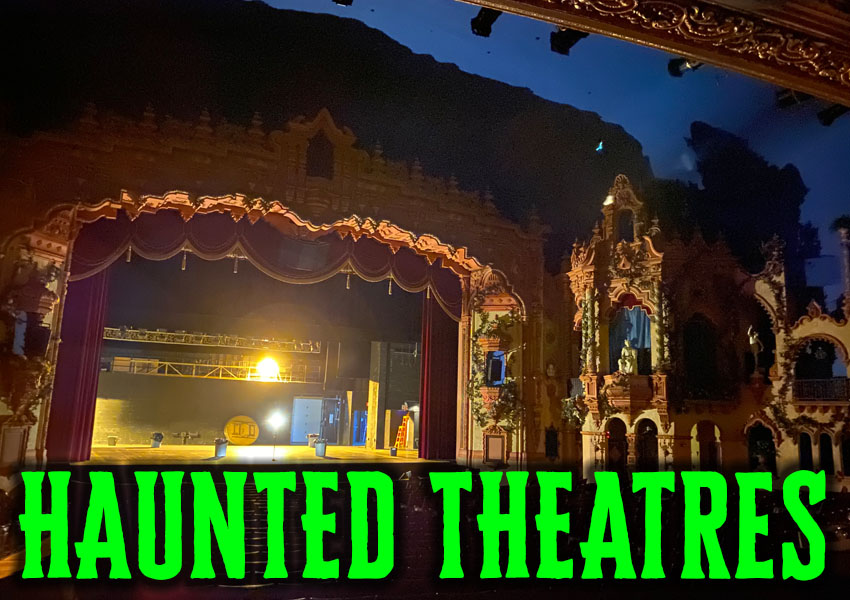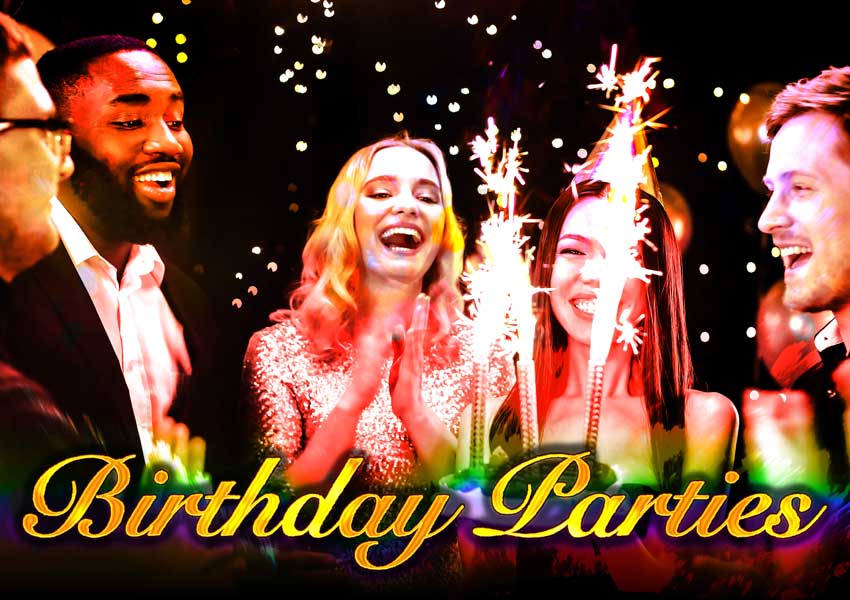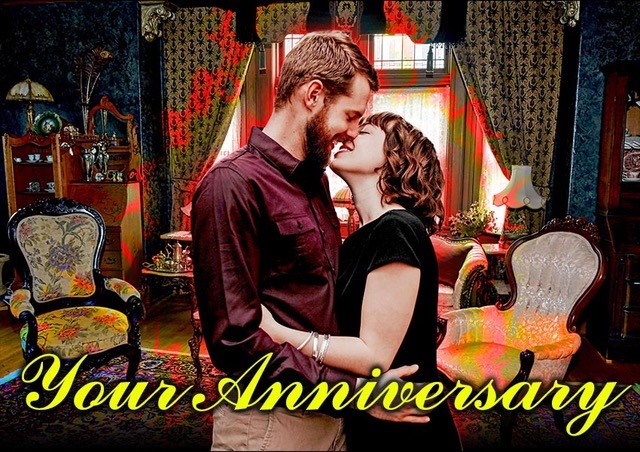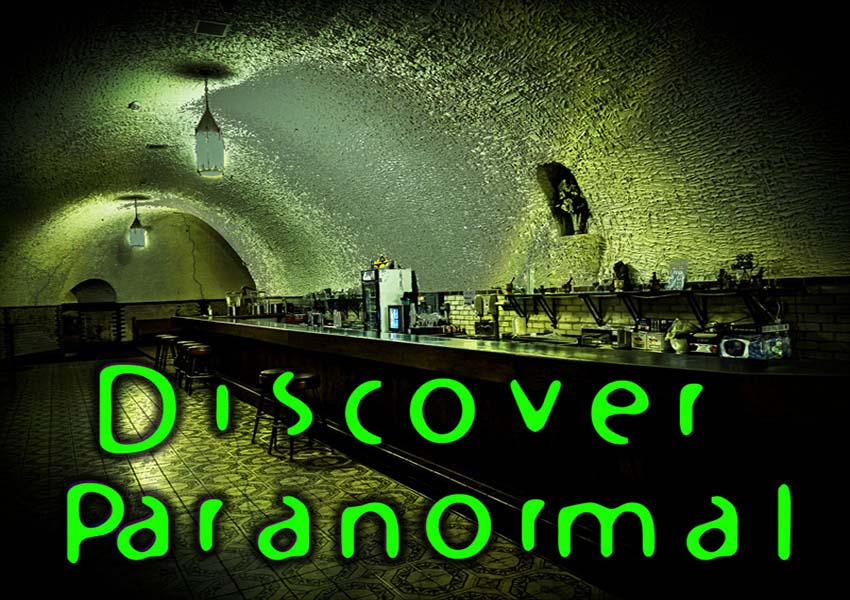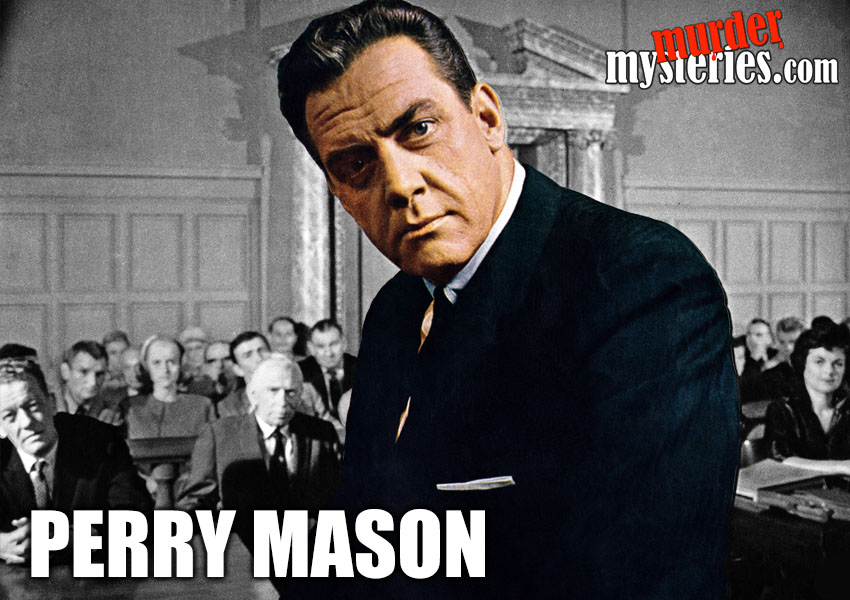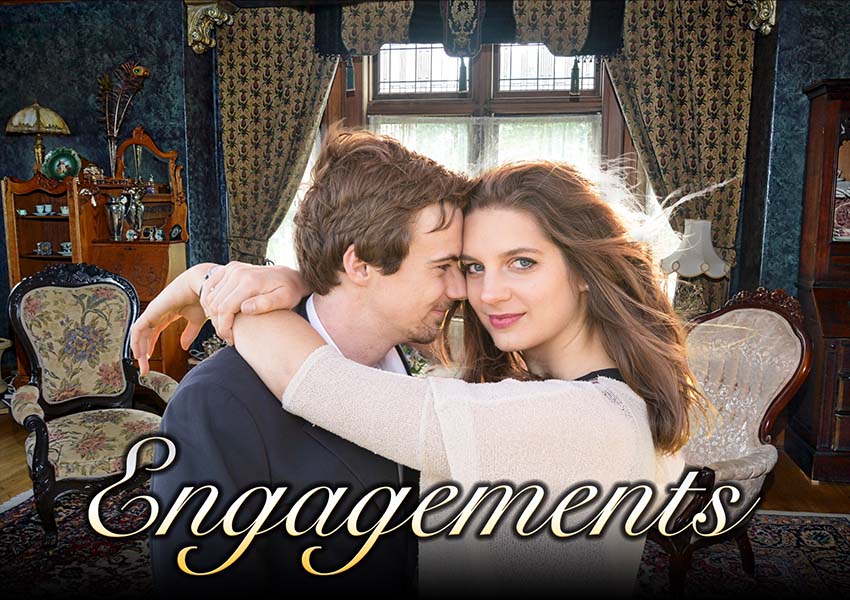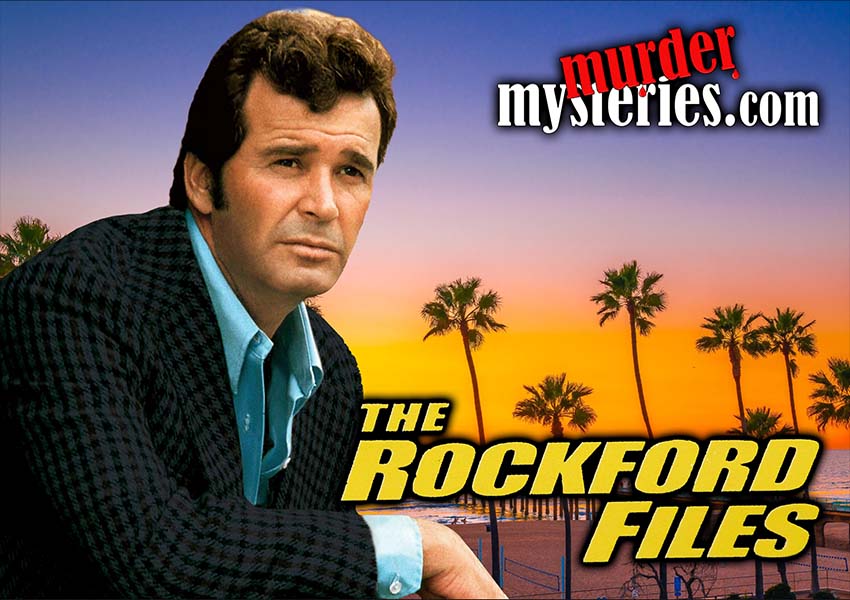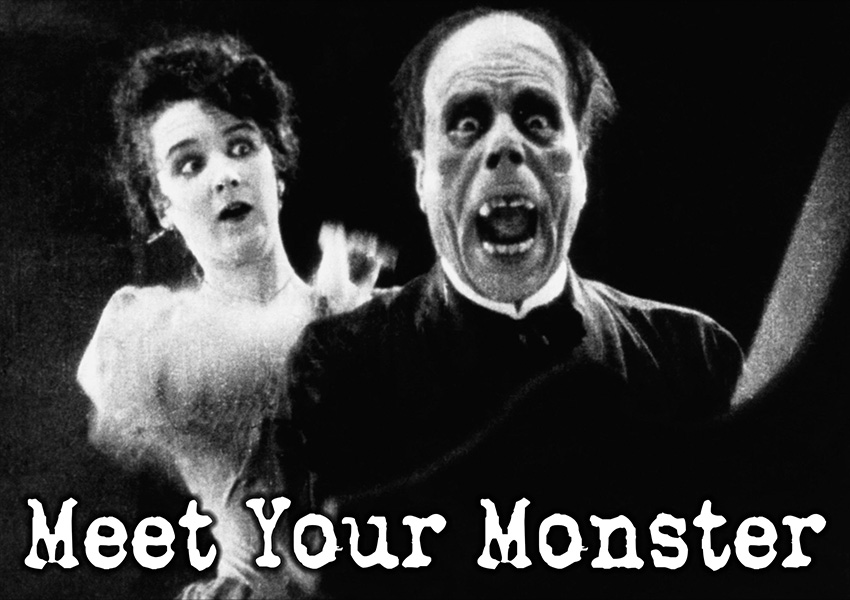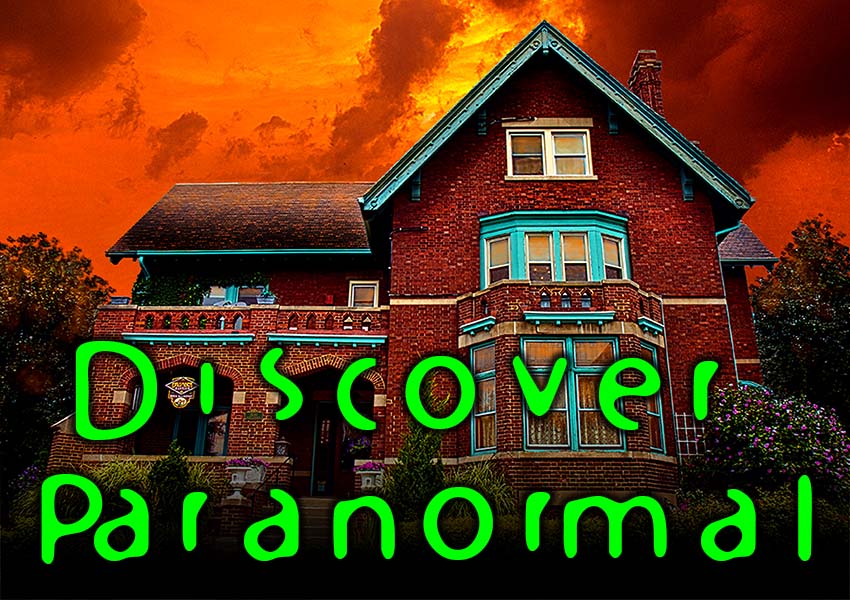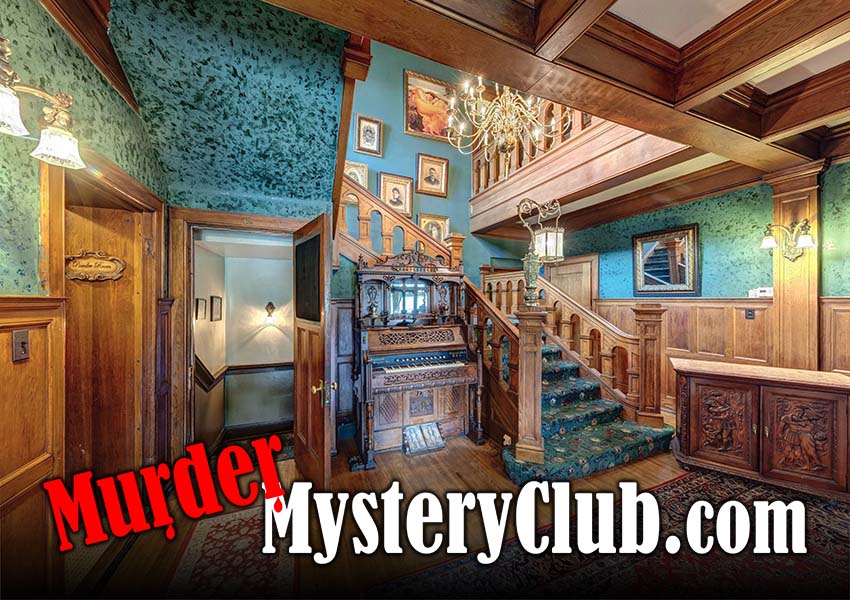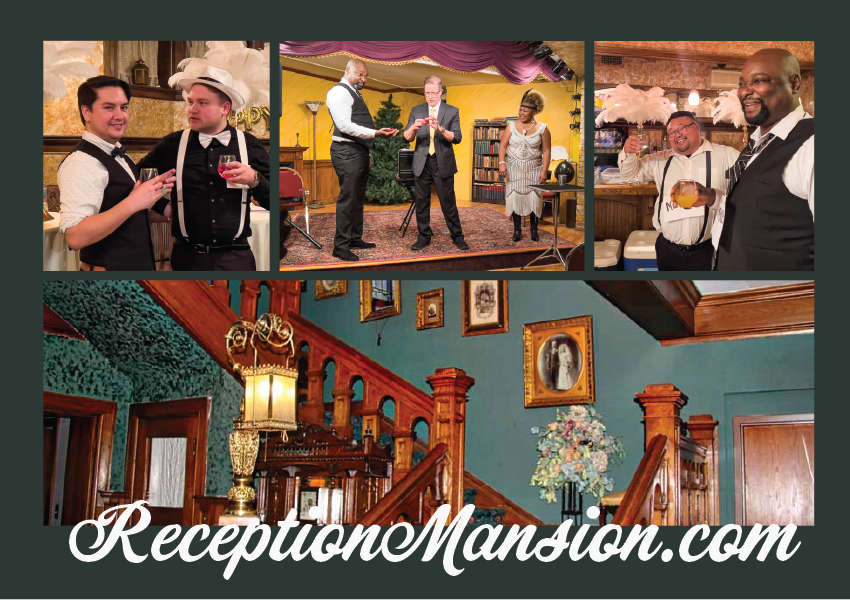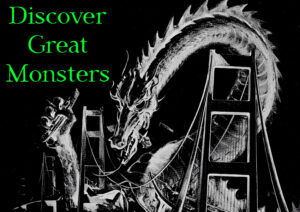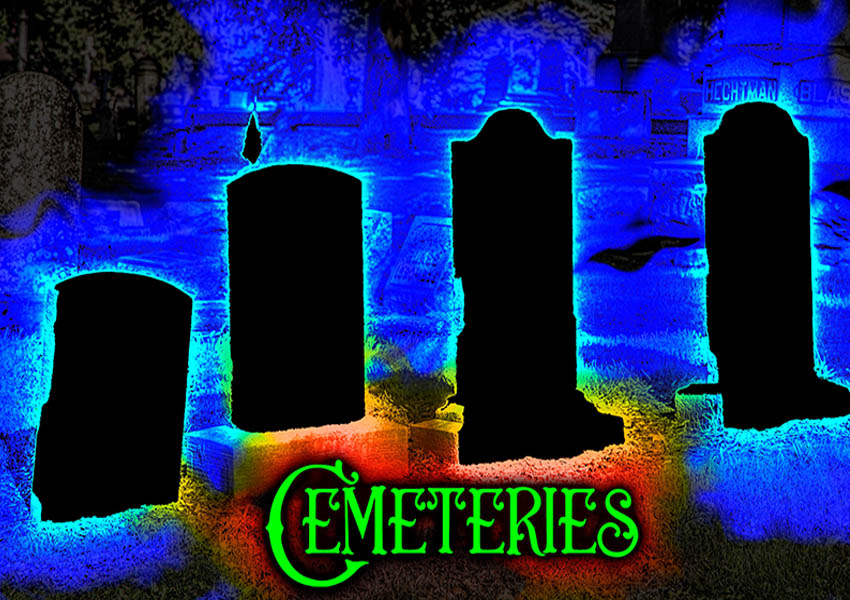Lorton Virginia
Gunston Hall
The Mason family had many fond memories while living at Gunston Hall.
People in period costume activate the paranormal activity!
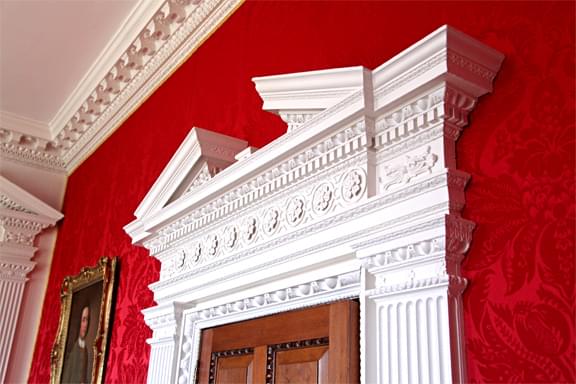

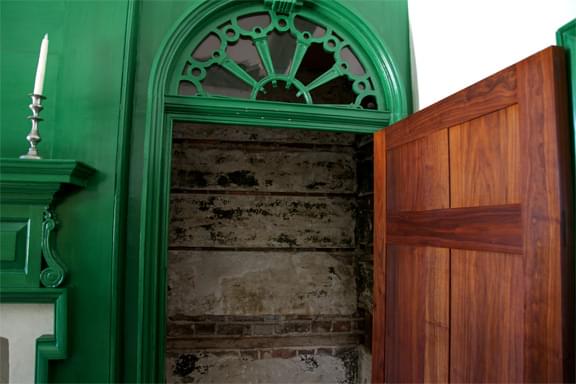

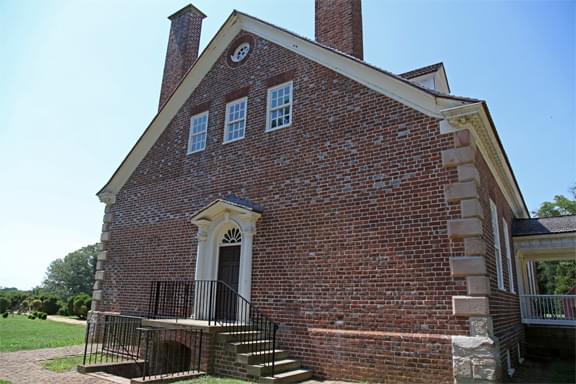
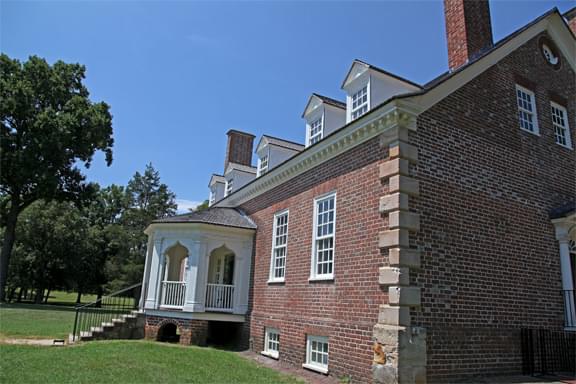
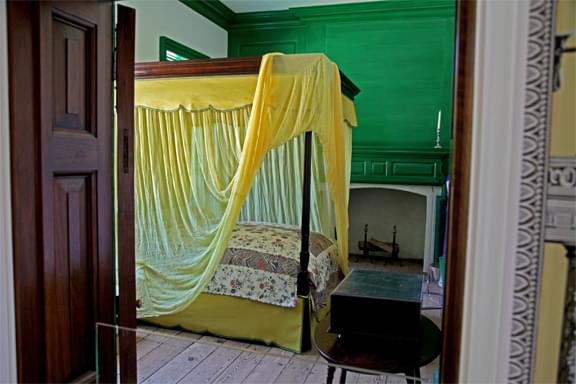
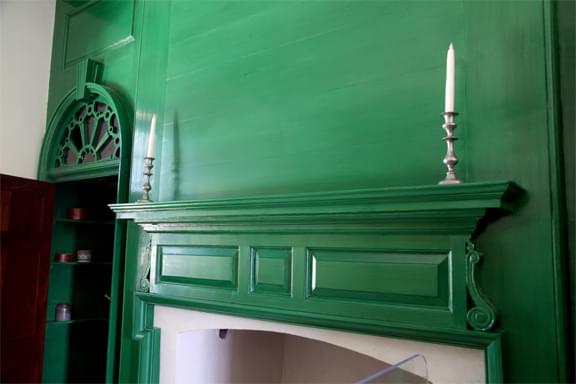

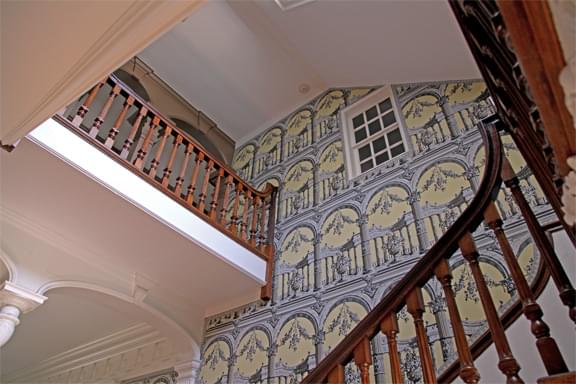

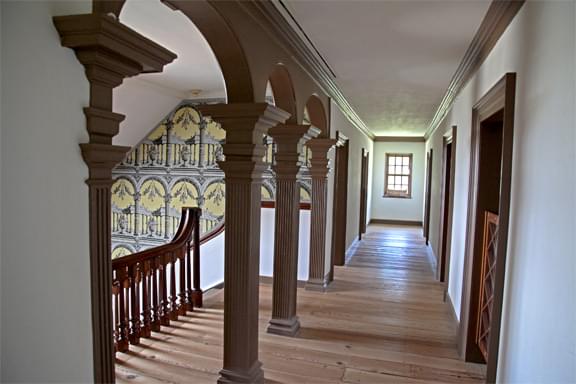
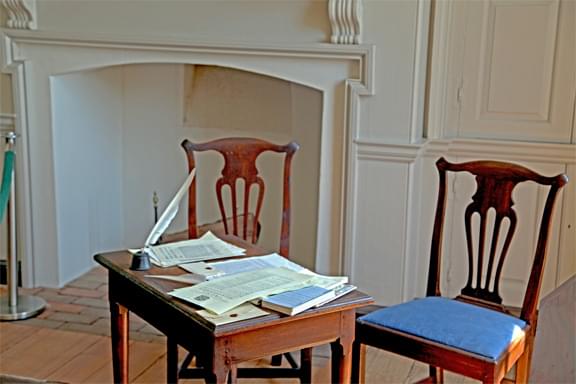
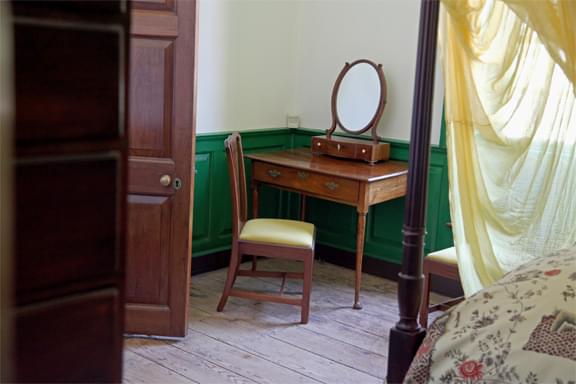
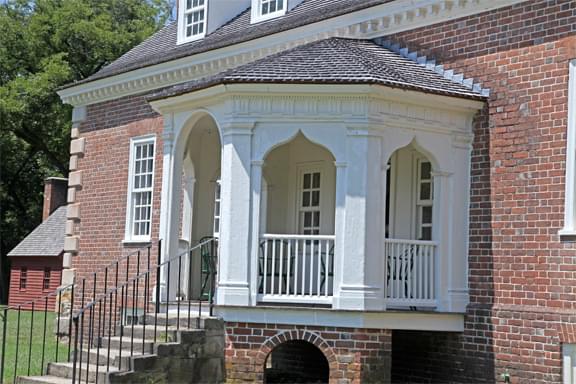
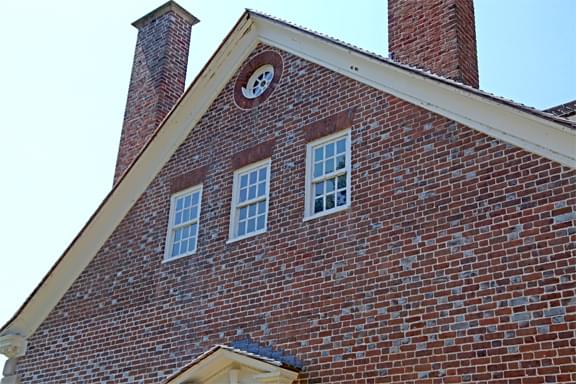

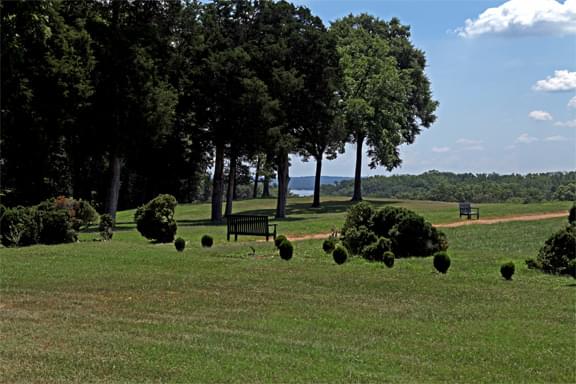
DESCRIPTION
“The Mission of Gunston Hall is to utilize fully the physical and scholarly resources of Gunston Hall to stimulate continuing public exploration of democratic ideals as first presented by George Mason IV in the 1776 Virginia Declaration of Rights.”
This 1755-59, Georgian-style plantation home was built for influential statesman/patriot George Mason IV, a wealthy Virginia planter who authored the Bill of Rights and Constitution for the state of Virginia that influenced the American Constitution and Bill of Rights. It was the “family seat” for Mason and his large family, that lived there from 1759 to 1792. Gunston Hall remained in the family until 1867.
George Mason IV appreciated many styles of architecture and design, that can be found inside this very special plantation house. On the first floor of Gunston Hall, the visitor can enjoy a variety of architectural styles: Rococo, Palladian, French modern, Classical, Gothic and a heavily Westernized version of Chinese. Having such a variety of artful designs was unusual for a Colonial plantation house in that era.
There is a hallway which runs straight through the house to the back door, which was the norm for Colonial homes. The left side of the house has two rooms to be used by the family that are simple in design with a few perks. There is a parlor and a private bed room used by George Mason IV and his spouse.
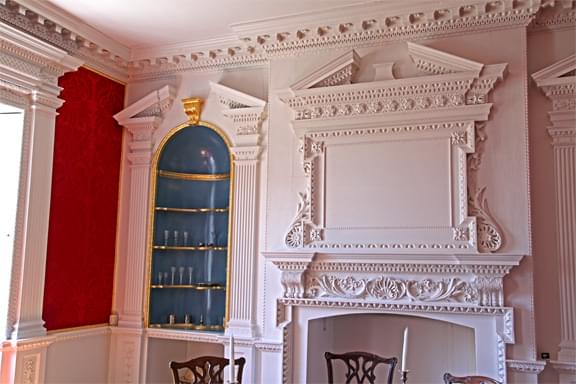
In contrast, the rooms found off the right side of this hallway were the public rooms that were quite ornate. The dining room and the palladian room had the most bells and whistles in the decor department, making both of them quite impressive places to bring visitors.
“The classical style woodwork was combined with Rococo elements of design. The fireplace wall has an ornate chimney breast. On either side of the fireplace are beaufats, these ones with shallower shelves than in the little parlour, and no doors. Classical broken pediments top the chimney breast and the beaufats. The floor was made of carefully matched blind-doweled planks, an expensive feature. Egg-and-dart carved patterns surround the black-walnut entry doors.”
On the second floor, seven bedrooms and one storage room are off one long hallway that runs the width of the structure. As the Mason family had nine surviving children, many bedrooms were needed.
Slave housing was right next door to the main plantation house, along with food gardens, and animal pens. Volunteers can be a part of an archaeology dig going on as areas are still being excavated.
There are many things to do at the Gunston Hall site. There is a museum dedicated to his ideas and his work located off the parking lot, where tour tickets can be bought for tours of the plantation house and grounds. Besides the museum, tours of the plantation home and outdoor buildings, there are miles of walking trails to explore, and educational activities as well. At the open-air Colonial kitchen, visitors of all ages enjoy cooking in the way that the Mason’s servants prepared meals during Colonial times.
Gunston Hall has special events throughout the year, such as Christmas celebration events, that present Christmas like it was in the Colonial times, including the music that was enjoyed by the Masons. Every year, there is a Revolutionary War Re-enactment, and James Mason Day on June 11th, celebrating his success of finishing the Virginia Bill of Rights on June 12th.
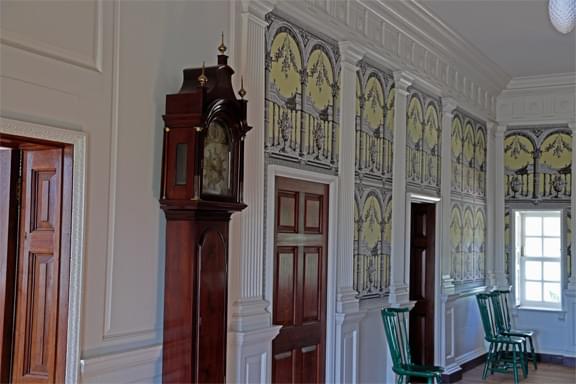
HISTORY
George Mason IV was an influential statesman who was “the founding father and principal author” of the state of Virginia’s Bill of Rights, that heavily influenced the American Bill of Rights. “His call for freedom of the press, tolerance of religion, and other individual rights inspired many seminal freedom documents worldwide, including the Declaration of Independence, the U.S. Bill of Rights, and the United Nations Universal Declaration of Human Rights.”
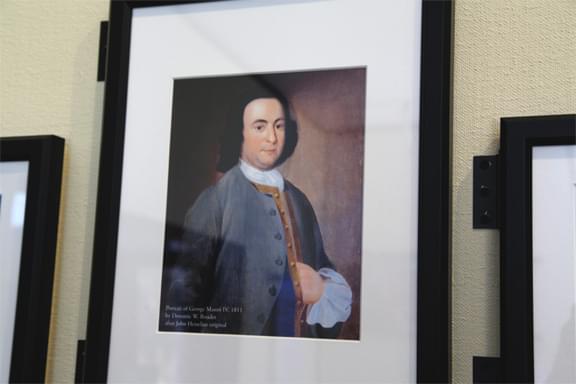
At age twenty-five, George Mason IV married his beloved, Ann Eilbeck, in 1750, who was sixteen years old. They lived at Gunston Hall after it was completed. As any couple, they experienced joy, good times and tragedy as well in their marriage. They had twelve children of which nine survived into adulthood. Their third son, William, died at sixteen months from the Flux, known as dysentery. George and Anne had a total of fifty-nine grandchildren. George met and knew between 21 and 24 of them before he died in 1792.
At thirty-nine years old, Anna became pregnant while suffering from a long, “painful and tedious” illness. She almost carried her sons to term, but was 2 months shy. Their twins; Richard and James (11th and 12th children), were delivered prematurely on December 4th, 1773, which was a death sentence during this era. These last two children were baptized the same day, and died the next morning. Anna herself died four days later from what was called a low fever at 3 o’clock in the morning, surrounded by her whole family. She was lucid enough to say good-bye to each of them, and prayed for them as well.
George Mason IV explained in a letter how he perceived death to comfort his daughter Sarah, who had lost a baby daughter. “It is our duty to submit with all the resignation human nature is capable of to the dispensation of Divine Providence which bestows upon us our blessings, and consequently has a right to take them away. A few years’ experience will convince us that those things which at the time they happened we regarded as our greatest misfortunes have proved our greatest blessings. Of this awful truth no person has lived to my age without seeing abundant proof.”
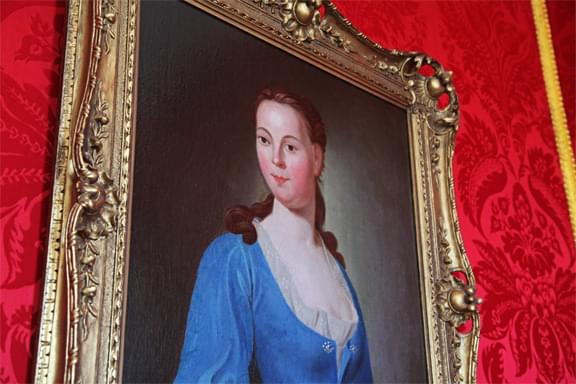
George Mason continued to have plenty of family still living at Gunston Hall, including two sons and their wives.
True to form, George Mason IV continued on in his public service, using his considerable gifts in writing and discourse. Here are a few of his endeavors. In 1774, George served on the Fairfax County Committee of Safety and oversaw the formation of an independent militia company for Virginia. In 1776, Mason served in Virginia Convention in Williamsburg. Mason prepared drafts of the first declaration of rights and state constitution for Virginia. Both were adopted after committee alterations. His older sons joined the Virginia Militia to fight on the side of the Patriots.
During the Revolutionary War, George was busy in the Virginia Legislature. Mason continued to represent Fairfax County in Virginia’s House of Delegates and assumed major responsibility for laws needed to continue the war.
At the age of 54 years, George found love again and married fifty year old Sarah Brent in 1780. They enjoyed thirteen years together before George died. Though he stepped down from the Virginia’s House of Delegates in 1780 due to poor health, he continued to help the war effort by sending supplies to the patriot troops in 1781 heading to Yorktown to go into battle with British troops; the last battle of the Revolutionary War.
By 1787, George’s health had improved so he accepted the honor of attending the Federal Convention of 1787, representing Virginia, along side George Washington and James Madison. He wound up not voting for the Constitution of the United States because of a lack of a Bill of Rights. He also disapproved of allowing new slaves to come for 20 years more in the future instead of stopping it now. Mason thought that the Federal Government had too much power over the states, and that the southern states would be at a disadvantage. However, a Bill of Rights was added later, which must have pleased George Mason.
George Mason’s Plantation home called Gunston Hall was built between 1755-59. George had several other plantation houses located on his other farms, but Gunston Hall was the official family home where they raised their family. George Mason IV also wrote his first draft Bill of Rights for Virginia and the Virginia Constitution there.

The artistic beauty found inside this lovely plantation home, Gunston Hall was designed and built by two creative, talented indentured servants, carpenter William Buckland and craftsman William Bernard Sears; both from London. William Buckland had a boatload of fun designing each room while William Bernard Sears, who was trained in London, showed his talent by intricately hand carving in his unique way the designs submitted by Buckland.
“Buckland undoubtedly furnished Sears with working drawings and selected engravings from design books; however, Sears was entirely responsible for their interpretation in wood. His carving style is so distinctive and, in many respects, so unconventional that it is as identifiable as a signature.”
Needless to say, Buckland and Sears had a successful career after being released from their contracts after fulfilling the terms of being indentured. They went on to design and hand-craft other buildings and homes in the colonies.
George Mason IV imported from England a boatload of furnishings to complete his family’s forever home. Many of these antiques survived the years and were donated back to Gunston Hall by descendants of the Mason family.
George Mason IV died in 1792, at the ripe old age of 67, despite having serious health issues most of his life.
After his death in 1792, the mansion passed in quick succession to his son, George Mason V, who died just four years later in 1796. George Mason IV’s grandson, George Mason VI then inherited the mansion from his father, George Mason V.
Upon George Mason VI’s death in 1834, his second wife Eleanor Clifton Patton Mason inherited the residence.
Eleanor Clifton Patton Mason and George Mason Graham, who owned part of the property, sold Gunston Hall by 1867 out of the family to William Merrill and William Dawson. They in turn deeded the property to Edward Daniels in 1868.
During the 1880s, the mansion became a rental when it was leased to Frank and S. M. Smith, who boarded local residents during the summer.

In 1891, Gunston Hall once again was on the real estate market. It was sold by Edward Daniels to Emma and Joseph Specht to become once more a single family home. They lived there until they died in 1907.
In 1907, The Specht’s daughter Adelaide sold the house to the Kester brothers Paul and Vaughn. They lived here just five years until Vaughn died in 1912. After his brother’s death, Paul Kester sold the house to Louis Hertle in December, 1912. The Hertles were the last private owners of Gunston Hall before gifting it to the state of Virginia in 1949.
The National Society of The Colonial Dames of America were put in charge of its restoration and running it as a treasure to educate the public. Gunston Hall was a changed home by this time, with modern conveniences added and remodeled somewhat to fit the needs of the owners and residents who lived here throughout the eras. Gunston Hall was restored to its original structure and glory, which must have pleased the spirit people who loved this place.
HISTORY OF MANIFESTATIONS
Historical reenactments/people in period costume can be an environmental trigger that activates spirits who were actually there during the time that what is being acted out actually took place.
Guides and staff of Gunston Hall are dressed in period costumes every day. For special events, like their Christmas events, staff and actors are dressed up like the Mason family and servants. George and family are portrayed.
A Revolutionary War Re-enactment takes place on this vast estate of George Mason.
People who loved their homes while alive often like to visit them when they are in spirit form. Some return to the role as host.
The Mason family had many fond times and memories while living at Gunston Hall.
MANIFESTATIONS
The Entity of George Mason
Apparently George Mason is still the cordial host.
His apparition has been seen in mirrors located in Gunston Hall by visitors and probably staff.
He gently lets the living know that he is present and pleased to see them.
George Mason has Company!
Other Entities – Perhaps members of George’s family and people who worked or served here keep him company.
Footsteps have been heard throughout the home in areas where no one who is alive is located.
Entities dressed in period clothing have been seen by staff members inside and outside Gunston Hall.
STILL HAUNTED?
Very Possibly So. While there is no hard evidence caught, the volume of personal experiences reported throughout the years points to the existence of very cordial and polite spirit people who are still enjoying their beloved home.
For years, staff and visitors have reported these mild personal experiences listed above.
No paranormal investigations have taken place, as it is thought any evidence caught would draw people interested in the paranormal and not the historical home.
LOCATION
Gunston Hall
10709 Gunston Road,
Lorton, Virginia 22079
Gunston Hall Plantation along with its original 550 acres is located beside the Potomac River in the area called Dogues Neck; not far from George Mason’s good friend, General George Washington.
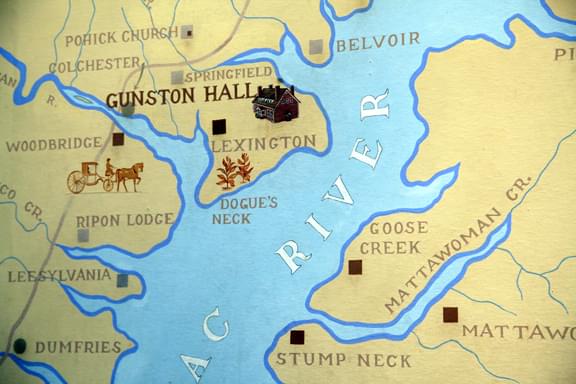
SOURCES INCLUDE
- YouTube video: “Joe Ruggiero tours the grounds and house of one of America’s Architectural gems, Gunston Hall.”
- George Mason page on Biography.com
- YouTube video: NOVA NOW – George Mason’s Gunston Hall
- The National Society of The Colonial Dames of America – Gunston Hall page
- gunstonhall.org
- fairfaxunderground.com
- virginiaghosts.com
- YouTube video: “Connect2Mason visits Gunston Hall”
- YouTube video: NSCDA history of George Mason’s home in Virginia, Gunston Hall
- “Gunston Hall: the HGTV dream house George Mason lived in”
by Holly J. Morris
published April 21, 2016
The Washington Post - gunstonhall.org/library/archives
- Photos © Tom Carr
Our Haunted Paranormal Stories are Written by Julie Carr
Our Photos are copyrighted by Tom Carr
Visit the memorable… Milwaukee Haunted Hotel

